
|
Scooped by Robin Good |
Echostudio is a powerful new web app which allows you to aggregate, filter and combine social signals, streams, images, statistical and map data on any topic or tag you specify and to publish them online.
The new web app is particularly powerful in its ability to let you collect and mashup into one web page different kind of data and sources according to your needs without sacrificing ease of use and design elegance.
Several filtering and moderation options provide the curator with all of the tools needed to precisely control the quantity and quality of content being published.
The service generates beautiful dynamic pages, which are fully responsive and that can be published online or embedded inside your own website.
Echostudio is an ideal solution for a number of different applications including:
- real-time live coverage of an event
- branded social hub
- information hub on a specific topic
- social news aggregator
I have been impressed by Echostudio powerful backend, ease of use, and beautiful output as well as by swiss-watch precision with which you can control almost anything in it.
Kudos to Chris Saad and his team for having given birth to a such a wonderful discovery, curation and social publishing tool.
Free plan available.
Try it out now: http://www.echostudio.co/
.
Video tutorials:
https://www.youtube.com/watch?v=Wffg745EhsY
https://www.youtube.com/watch?v=Ih_UG03j4z4
https://www.youtube.com/channel/UCCENi0CamnugWhSiVrBfmqw
.
.
Examples:
http://echo-official.echostudio.co/projects/#!4zkmrn5wfx
http://echo-official.echostudio.co/projects/#!zmaggn6ra5
http://echo-official.echostudio.co/projects/#!snbrdmd181
.



 Your new post is loading...
Your new post is loading...




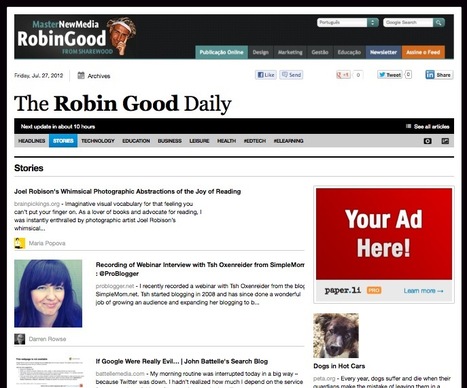



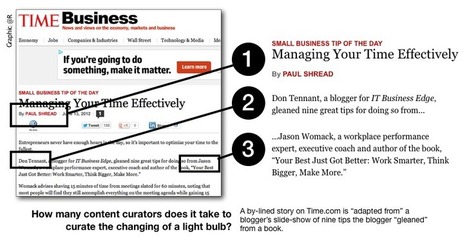
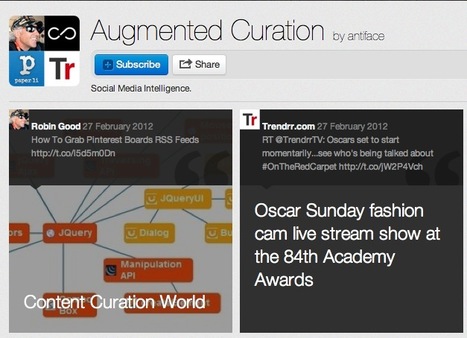

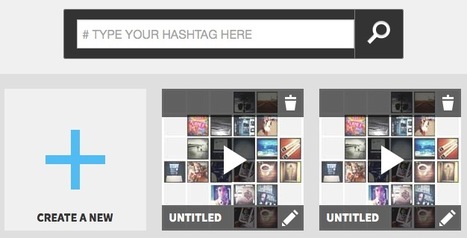




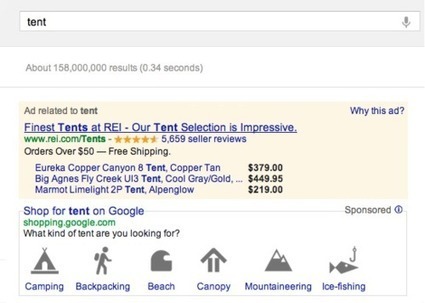



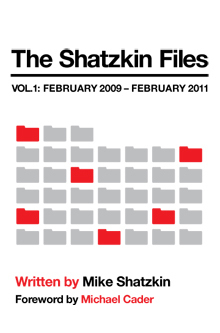
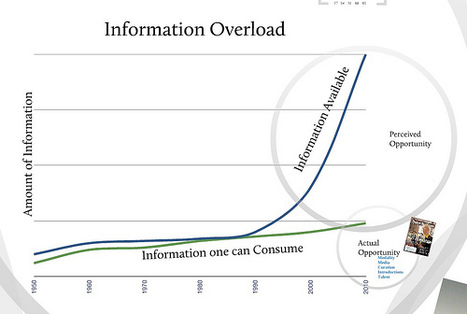






To be a better #brand #influencer and improve #online #marketing this tool could be a game-changer for many companies, #journalists and #marketers. It's great to try #socialmedia tools and see how using them can change your results. Thanks for sharing this , Robin.
186